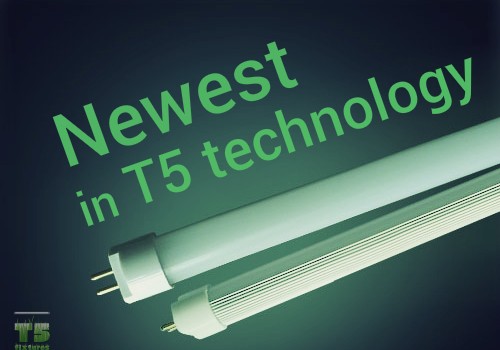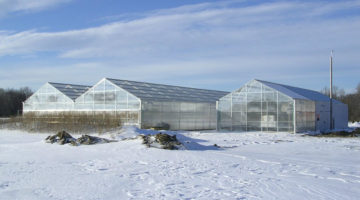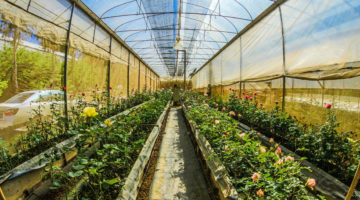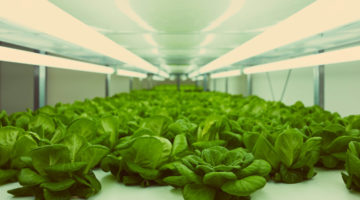Since 1970s when the first fluorescent lamps (T12 lights) were made the lighting industry still continues to evolve and to find new solutions to bring us better and brighter lamps. First T12 bulbs were replaced by T8 bulbs that were smaller and more efficient than their predecessors, and then as time went on T5 lights came into the picture replacing T8 lights and letting us have bulbs that can give out really powerful light without chewing up a ton of watts. But the fluorescent lighting industry didn’t stop there because it is still evolving and finding new ways to better their lights for us to get only the top quality lighting.
When T5 lights replaced T8 lights they already came with a lot of upgrades so to say. First of all T5 lights are smaller in diameter so they take up less space, secondly they also are more efficient updating the previous lumen output from 80 lumens per each watt for T8 bulbs to 95 lumens per watt for T5 lamps. But the innovations didn’t stop there. If previously liquid mercury was used in production of T8 and T12 lamps then in T5 lights the mercury is replaced with amalgam because it is a lot less hazardous to human health. And finally T5 lights can operate in temperatures that are up to 95 degrees Fahrenheit where as T8 and T12 light would have stopped working at about 77 degrees Fahrenheit.
Even though these innovations already are a huge step in lighting industry T5 lights still managed to surprise us with even better and newer technology. Now we can get T5 light in four different efficiency levels – Normal output (NO), High output (HO), Very high output (VHO) and extreme high output (XHO) lights – which each have different wattage therefore they give out different light amounts. The newest of these technologies is the extreme high output T5 bulbs that provide not only extreme light brightness but also additional UV light blended in their light spectrum that aids in combating different bugs and mold that could develop in an indoor gardening setup.
But this makes us think what the future for T5 lighting and fluorescent lighting as a whole looks like. One of biggest problems in lighting industry is the ballasts of lamps or how to efficiently create ballasts that would be able to maintain a stable voltage while the lamp is working and wouldn’t create a huge volt spike when the light is turned on. So an improvement in this field will probably be seen sooner than later. Another concern for grow light industry is the heat that radiates from the lights as that can influence how well plants grow under them. Even though T5 lights are one of the best at maintaining barely there heat emissions meaning that they run very cool and are cool to touch even after multiple hours of operation scientists still are working on better heat circulation technologies so that no one will have to install additional ventilation systems in their indoors gardens even if there are 10 T5 lights in a very cramped space.
The newest technology in T5 lighting is the extreme high output bulbs that perform with the highest lumen output and are able to illuminate the brightest light possible. However I have no doubt that soon there will even newer developments in this industry that will leave the XHO T5 bulbs in the dust.





